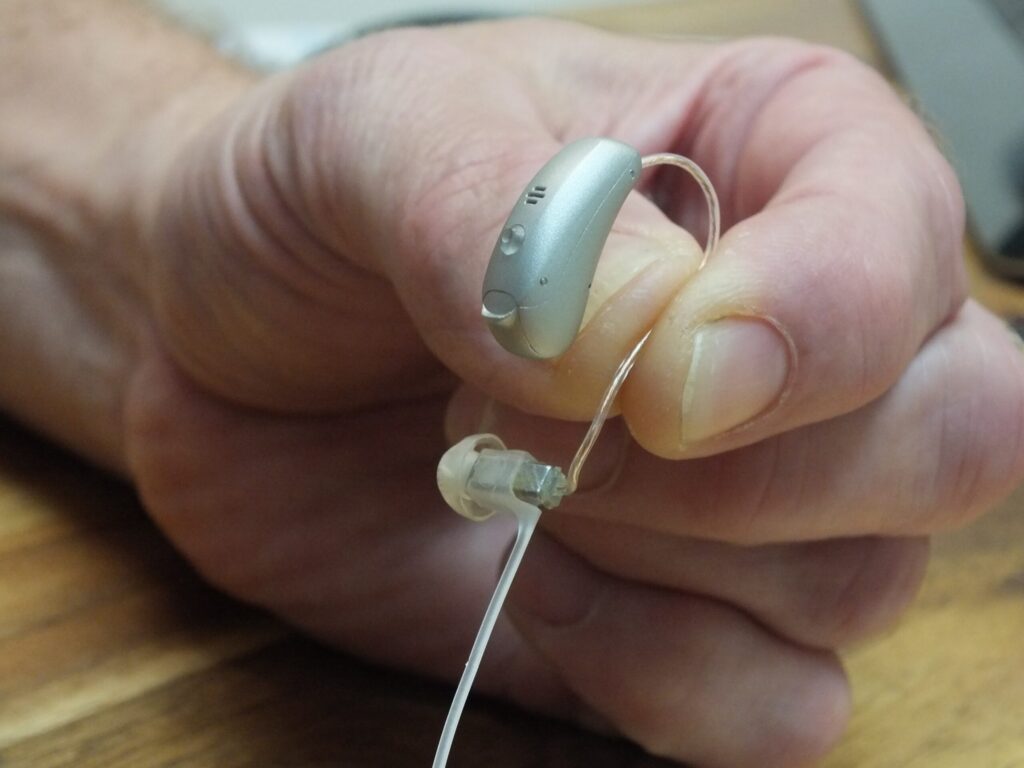No matter what part(s) of the internet you work in, it’s important to make sure that the website is usable and accessible to all….
No matter what part(s) of the internet you work in, it’s important to make sure that the website is usable and accessible to all. For the most part, designers and developers are usually seen as those responsible for accessibility. However, there’s also a lot of overlap between search engine visibility and the world of accessibility.
We recommend that SEO pros familiarize themselves with legal obligations under the European Accessibility Act and the Americans Disability Act (ADA). Studying these two acts will help you understand what is required and make sure your website meets these requirements.
After the basics are taken care of, visit the World Wide Web Consortium website to familiarize yourself with accessible web design standards, techniques, and common mistakes. This is an excellent resource for creating a website of the future that is accessible for all.
Unfortunately, improving their website’s user experience for people with disabilities isn’t a high organizational priority. For some companies, their website isn’t a high priority, period. But improving website accessibility will make your website navigation convenient, make finding relevant information easier for visitors, and improve user experience overall.

As the name suggests, it entails everyone being able to use and access a website with relative ease. Web accessibility guidelines (like WCAG 2.1) help a wide range of web users, that include:
WCAG 2.1 guidelines (developed by W3C) have four main principles, W3C refers to them as P.O.U.R.
P.O.U.R. stands for: Perceivable, Operable, Understandable, and Robust.
You should consider the disabilities listed above when designing your website. We also recommend familiarizing yourself with the different types of assistive technology used by internet users with disabilities.
Understanding how the following assistive technologies function will help you understand how to better design your user experience for disabled users.
Assistive web technologies:
A website’s accessibility has never been more important than in the past year or so. The pandemic has made the internet practically essential. Deque released a report that involved accessibility practitioners. A survey was conducted in March and April 2020 which found that 62 percent of them saw a spike in accessibility awareness and impact “on the digital channel.”

SEO is generally rooted in catering to search engine algorithms and search engine bots. However, a lot of the elements that SEO hones in on can also make content more accessible for individuals with disabilities.
Read on to learn more about how accessibility and SEO overlap:
While it may go without saying, it’s worth noting that the whole point of a website’s navigation is to find what web visitors need or want. The key pages on the website will also be on prominent display. Aside from contributing to a positive UX, it’s also an amazing framework for search engine crawlers.
Navigation links are usually tab-able by default, which helps screen readers and keyboards read through them easily. Ideally, the entire website should not be crammed into the whole navigation: primary pages are the best inclusions. If the navigation is flooded with the whole website, UX will dip, and search engine crawlers won’t like it either. You will also want to review breadcrumb links to make sure they are helping and not hurting your website navigation.
No matter how unique, well-crafted, and relevant content is, there’s no benefit to search engines or users if it’s not readable. Creating digital content isn’t the time to break out your thesaurus. Write at a reading level that’s easy for individuals of all backgrounds to understand.
Readability doesn’t just apply to the content, either. URLs and images should be “readable” as well for them to be more accessible. A “clean” yet descriptive URL will signal to search engine bots what the page is about and provide context for a wide range of users. An additional benefit of using well-structured and descriptive URLs is that when using inline text links (anchor text), it will be easier for users of screen readers to understand the linked page.
The next section will address making images “readable”.
Quality content will include multiple relevant images that help communicate the topic of the blog post. That’s where alt text comes in! Search engines and accessibility tools can’t see images, so they look to alt text to understand and communicate the image.
Ironically, alt text’s original purpose was accessibility for those with visual impairments. For many marketers familiar with alt text, it became just another SEO buzzword, not something that’s associated with accessible design. But luckily, it can be both!
A well-written alt text can signal to Google that your content is relevant to your targeted keyword and describe the image to screen reader users. This extra effort can boost your performance on Google Image search and make a huge difference in user experience for the disabled.
Most screen readers will read non-text content with alt-text as “image” or it will read the entire file name. Watch this video to learn more about best practices for uploading images to your website.
When it comes to search results, page titles serve as the main headline. Comparatively, accessibility experts optimize pages for screen readers. Page titles provide information to help those with disabilities navigate your website. Page titles also help screen reader users when multiple pages or tabs are open at once.
Accessibility is an important factor of SEO as a whole. That’s mainly because both elements tend to overlap, despite accessible UX usually being the responsibility of developers and designers. Specific areas that overlap include page titles, images, consistent navigation, and readability.
Looking for a web development agency that can help improve the accessibility of your website? Reach out to Carbon Digital today! Our clients get nothing less than the best business and digital marketing solutions.
Copyright © 2017-2024 · Carbon Digital · All Rights Reserved.